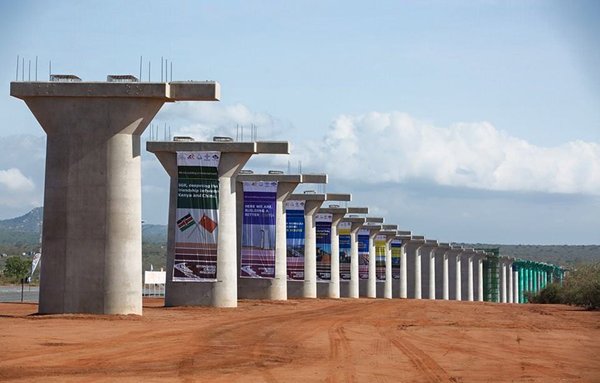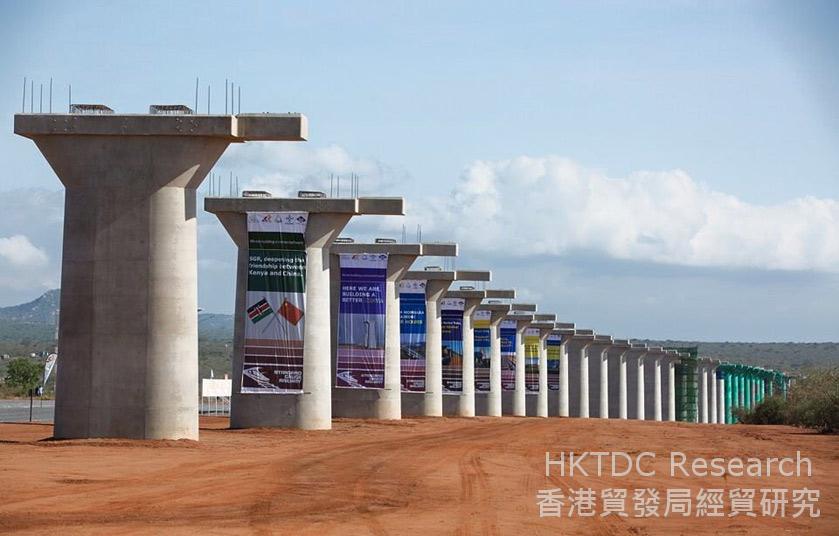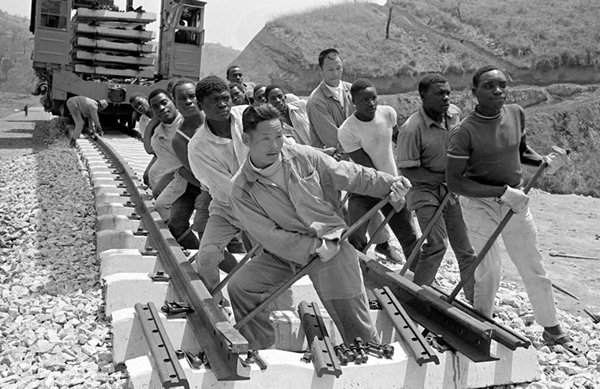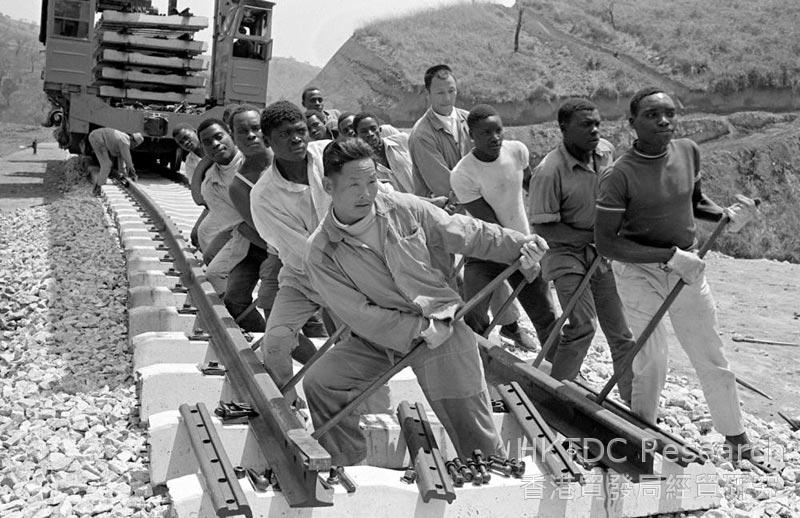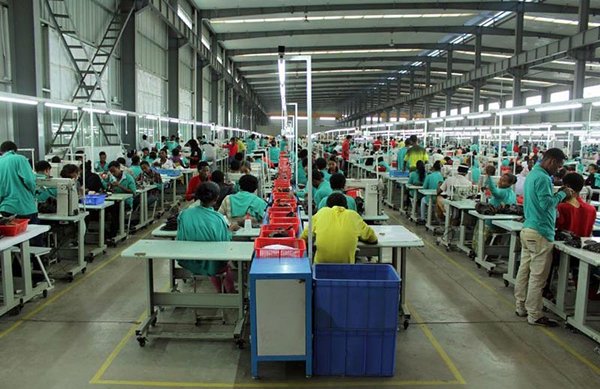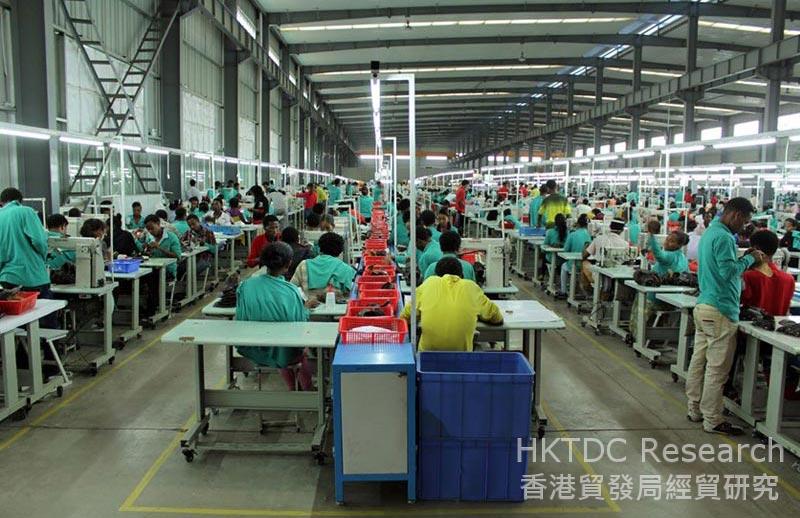国内生产总值 (十亿美元)
34.28 (2018)
世界排名 100/193
国内生产总值 人均 (美元)
817 (2018)
世界排名 175/192
经济结构
(2019年国内生产总值构成)
对外贸易 (占国内生产总值的百分比)
26.7 (2019)
货币 (期内平均)
苏丹镑
24.33每美元 (2018)
政治制度
Transitional government
资料来源:美国中央情报局《世界概况》、《大英百科全书》、国际货币基金组织、Pew Research Center、联合国、世界银行
- Sudan, once the largest state in Africa, split into two countries in July 2011 after South Sudan became an independent state. Situated in the northeast Africa, Sudan is the third largest country with population over 40 million.
- Following South Sudan’s secession, Sudan introduced new currency (still called the Sudanese pound) to replace the common currency that were used in the northern and southern Sudan. However, the value of the currency has fallen since its introduction in 2011. The country also suffers from soaring inflation, which reached 64% in June 2018. According to the International Monetary Fund (IMF), the price hike in Sudan have been the third fastest in the world, trailing only South Sudan and Venezuela.
- Comprehensive US sanctions on Sudan were revoked in October 2017 after 20 years of implementation. It is seen as an important milestone which is expected to boost competitiveness and stimulate economic growth by resuming financial and trade transactions between US entities and their Sudanese counterparts. Although US has dropped travel ban on Sudan, Sudan remains one of the three countries, alongside Iran and Syria, listed by the US government as a state which sponsors terrorism.
- Economic condition in Sudan has been challenging since South Sudan seceded in 2011 when Sudan lost one-third of its territory and three quarters of its oil reserves. In January 2012, South Sudan shut down oil production in response to a trade dispute with Sudan, causing damages to both economies. To avoid further damages, the two countries signed nine cooperation agreements in September 2012 on issues such as oil, border issues and citizenships.
- Sudan’s economy showed some recovery at 2.2% since 2013, according to IMF. The country’s GDP growth reached 3.2% in 2017 and is projected at 3.8% for 2018 amid the lifting of US sanctions.
- Sudan positioned at the lower end of Human Development Index (HDI), ranking 165 out of 188 countries and territories. The total number of people estimated to be in need of humanitarian assistance in Sudan amounted to 5.5 million in 2018, an increase of 0.7 million people compared to last year. In response to the deteriorating situation, the United Nations (UN) has developed Multi-Year Humanitarian Strategy 2017-2019 and 2018 Humanitarian Response Plan with goals to provide lifesaving assistance and services.
- Sudan is a member state of the UN and the African Union. Sudan also entered into the Greater Arab Free Trade Area (GAFTA) which was brought into force in 1998, aiming to liberate the trade of goods between Arab Nations. In March 2018, Sudan signed the African Continental Free Trade Area (AfCFTA) with other member states of the African Union, committing to deepen African economic integration.
- United Arab Emirates (UAE) is Sudan’s top export destination, accounted for 60% of the country’s total exports in 2016, followed by China (15%) and India (5%). On the other hand, China is the largest import origins of Sudan, accounted for nearly one-third of total imports. Machines, metals and textiles are the main imports from China.
- Sudan has established a long-standing relationship with China since 1959 and China has been actively involved in Sudan’s economic and social development. For example, the Friendship Hall in Khartoum, which has become the country’s landmark building, was built with Chinese assistance. China has also supported a series of projects in Sudan such as construction of transport infrastructure and hospitals.
- China is the largest investor of Sudan, particularly in the oil industry. China embarked the path of oil investments in Sudan back in 1997 when the state-owned China National Petroleum Corporation (CNPC) signed an oil development deal with the Sudanese government. Since then, cooperation on petroleum and mining has become the driving force of Sino-Sudanese economic ties.
- According to UNCTAD statistics, cumulative FDI in Sudan totalled US$1.1 billion in 2017, up 0.1% from 2016. China’s total FDI in Sudan dropped 64% at its remarkable peak in 2015 and reached US$1 billion in 2016.

 苏丹
苏丹






 索马里
索马里

 卢旺达
卢旺达

 突尼斯
突尼斯
 塞内加尔
塞内加尔

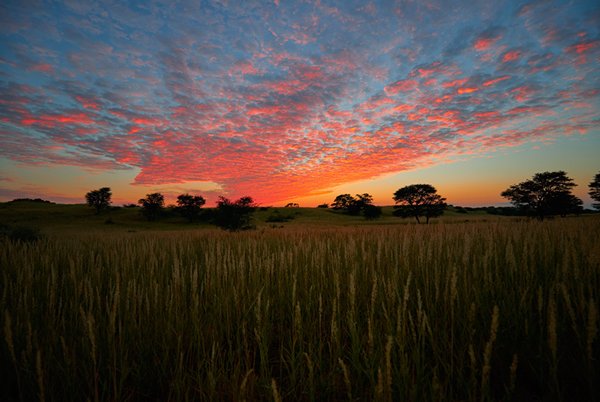
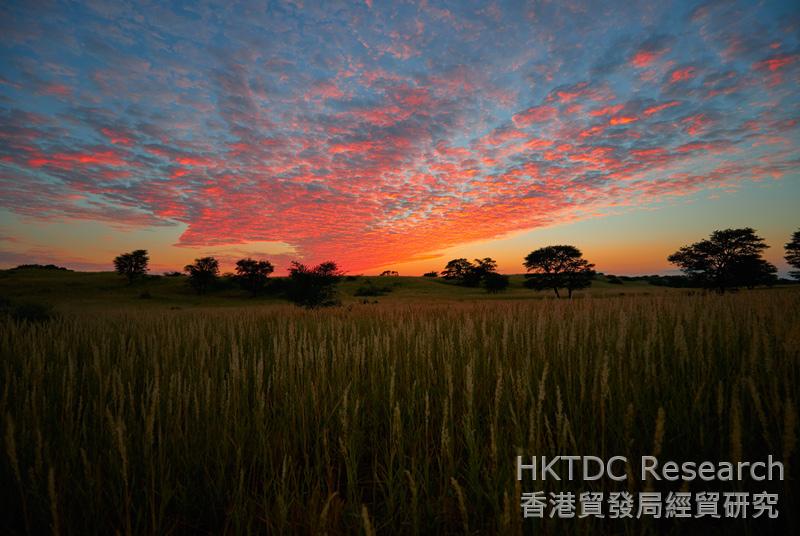
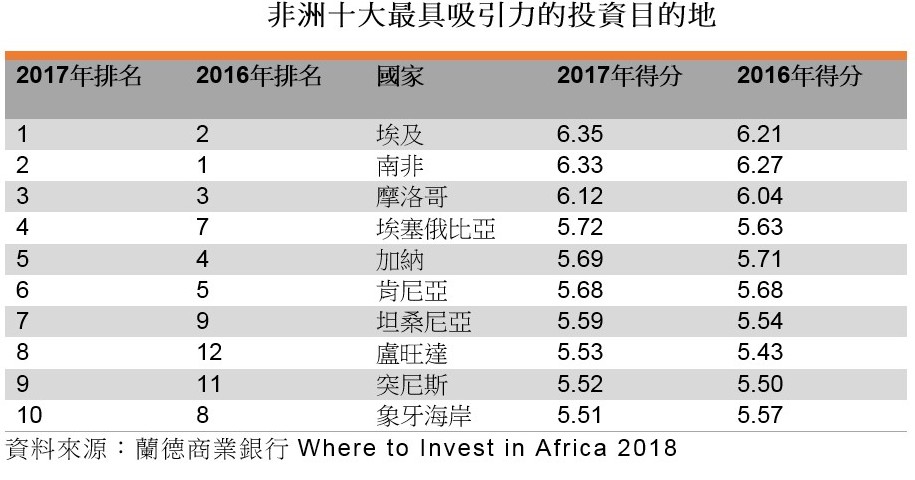
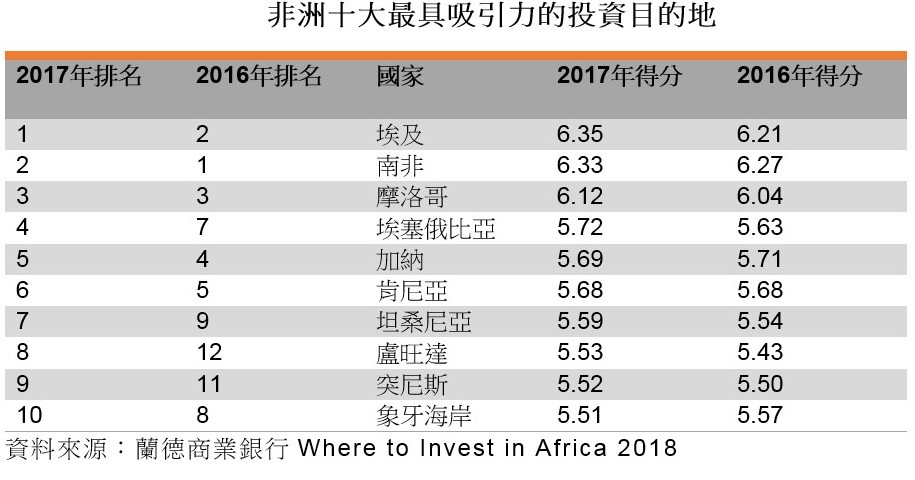
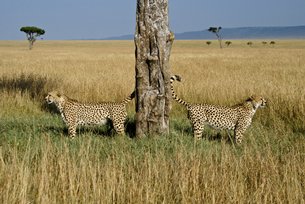
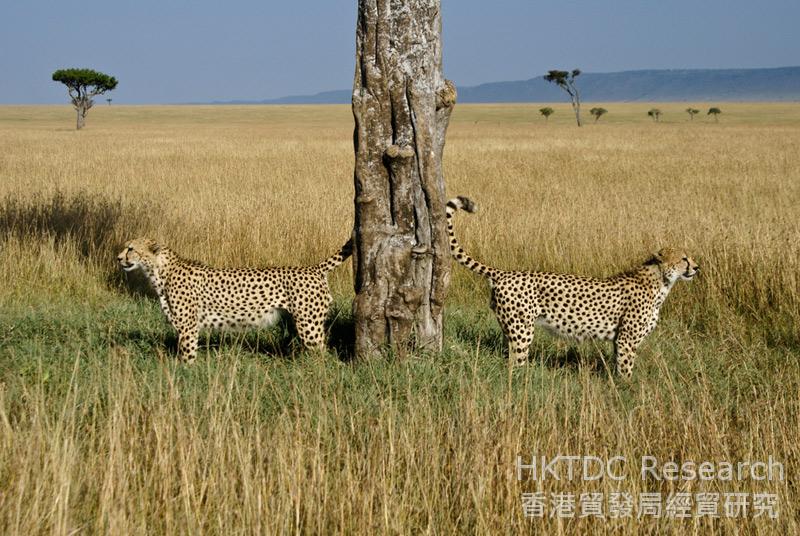
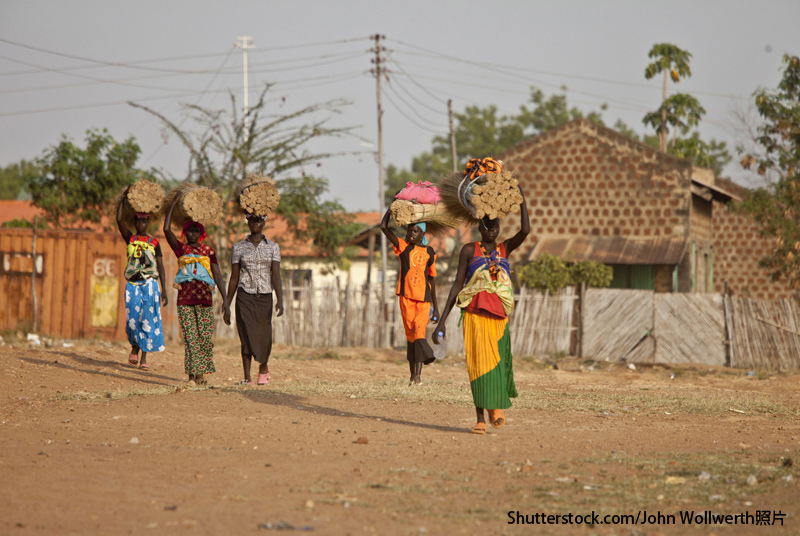
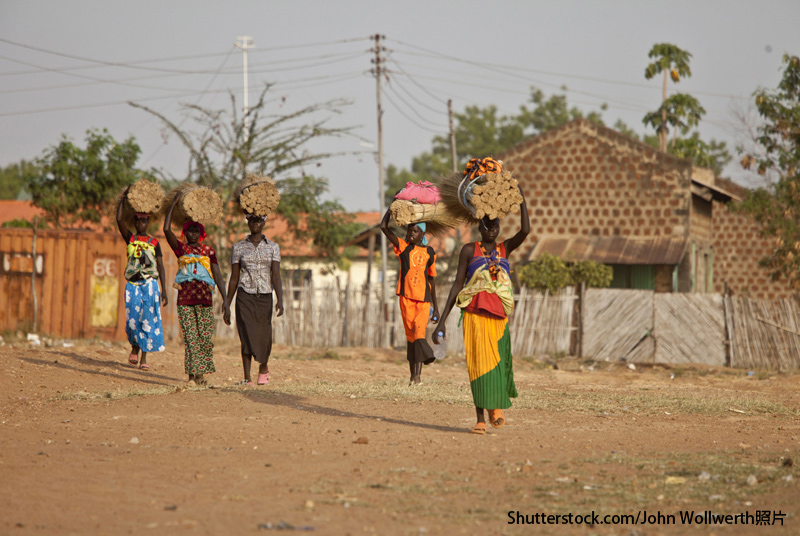
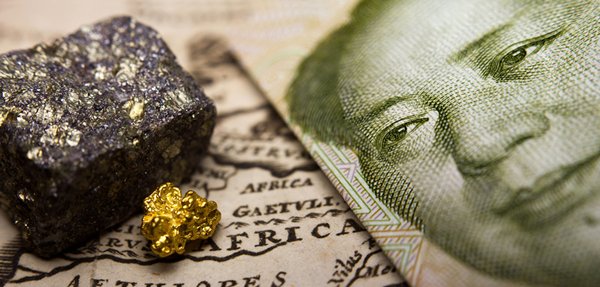
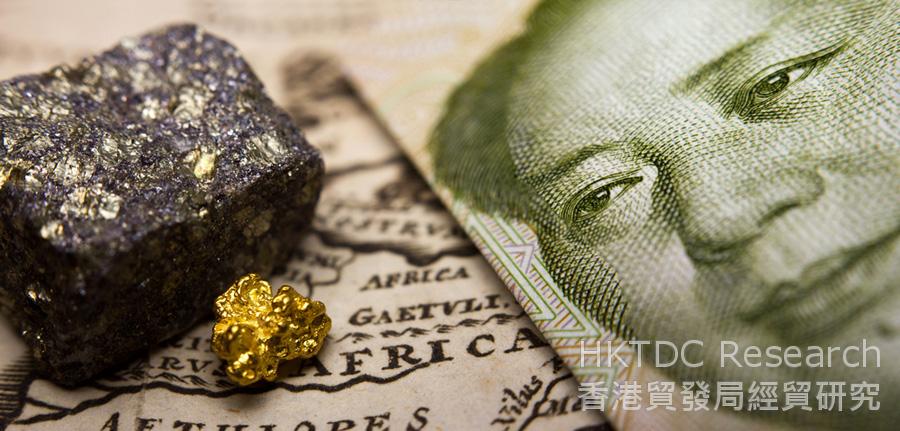
 摩洛哥
摩洛哥

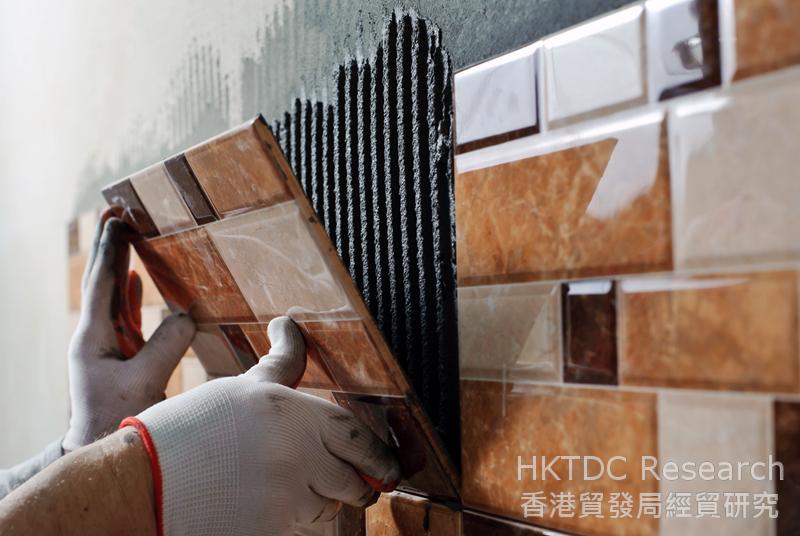


 1095 浏览次数
1095 浏览次数


